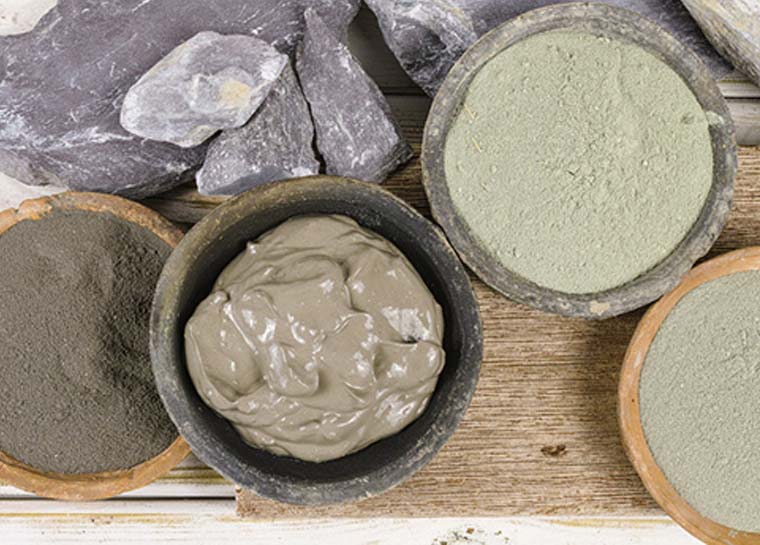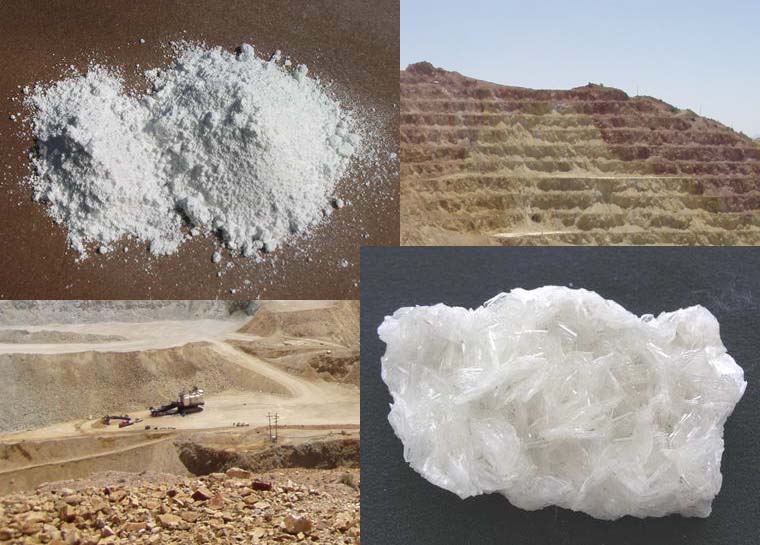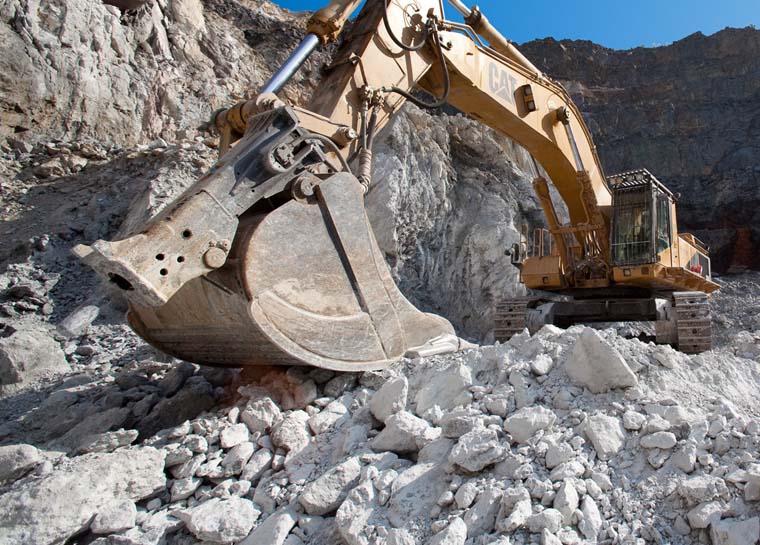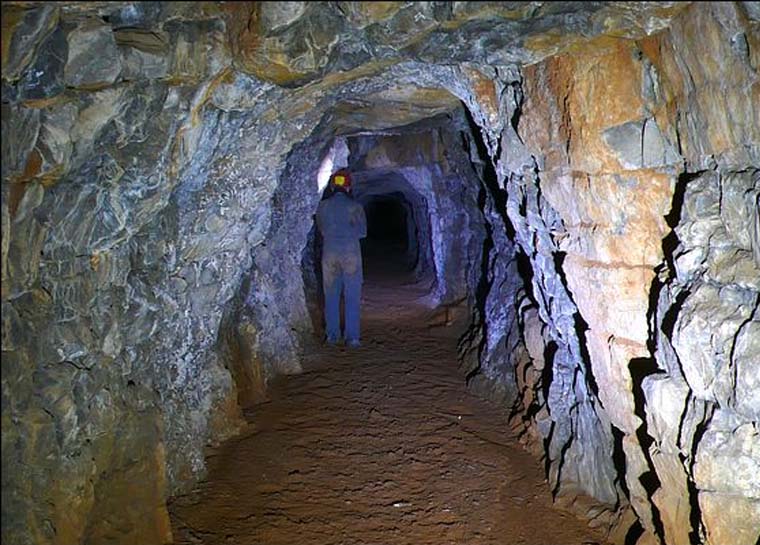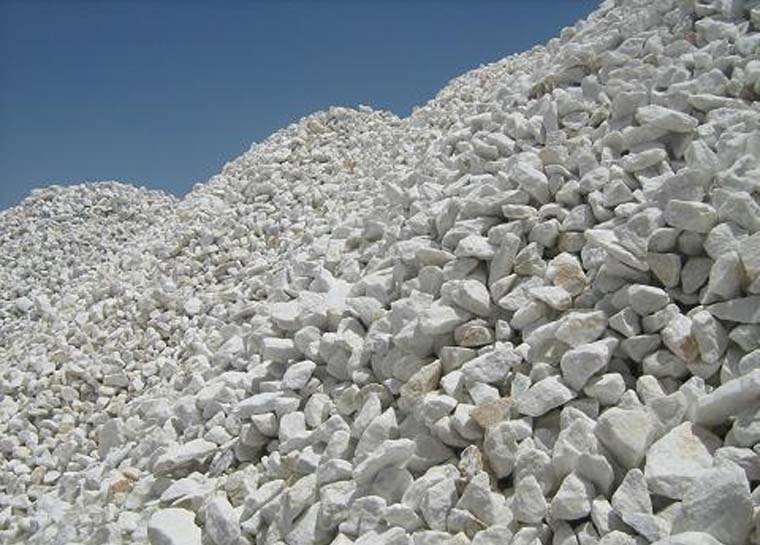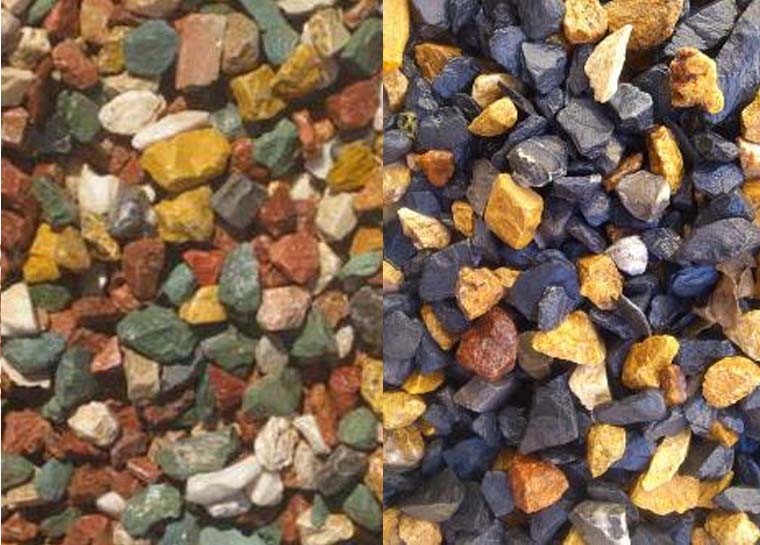Bentonite
Bentonite is a clay or quasi-clay mineral composed of montmorionite and a small amount of bide lite (a richer type of aluminum bentonite). The term bentonite was first coined in 1898 by Knight to refer to clay extracted from the Benton shale at the time. It is named after Shale Benton, located 400 miles north of the Rock River.
Iranians have known bentonite for a long time and were familiar with some of its properties, such as washing clothes and as a cleaning agent. Ibn Sina also mentioned this mineral as a brittle substance that dissolves well in water. In the past, this substance was used orally in some parts of Iran, which is still very rare in some villages. From a medical point of view, these people are accustomed to eating mud due to calcium deficiency.
Bentonites are formed in two ways, “hydrothermal” and “sedimentary”, the “sedimentary” type is the most important type of bentonite deposits in the world. Bentonite belongs to the family of plate silicates and smectite group and has a three-layer structure in terms of construction. An octagonal aluminum layer is placed between two layers of quadrilateral silica and is mainly on two types of “swollen or sodium” and “non-swollen or calcium”. But industrially, bentonites are classified as follows:
- Sodium Bentonites
- Sodium-substituted Bentonites
- Calcium Bentonites
- Organophilic Bentonites
- Acid-activated Bentonites
Application of Bentonite
Due to its soft, swell-able, colloidal and good mixing properties with water, kneading, plasticity, adhesion and adhesion, adsorption, etc., it has numerous uses, including drilling mud, adhesive in casting sands, preventing water penetration From dams, canals and pools, clearing agent for liquids especially fruit juices, clearing water and refining liquids such as paraffin, pelleting minerals such as iron ore, pellets for livestock and domestic animals, paint carriers and other spray materials, fillers in many industries such as paper and paint, etc. Cleaning industries such as soap making, preparing some types of ceramics to complete the body or glaze formula, preparing agricultural pesticides and repelling plant pests, pharmaceutical industries , As a filter, as a catalyst, bleaching of industrial, petroleum and edible oils; Separation of gum from gasoline and acidic sludges from oils, fire, silkworm industry in coal mines to extinguish fires or to cover the walls of the extracted area to prevent air ingress and to prevent coal self-assembly, etc.
Color of Bentonite
In the structure of bentonites, in addition to the main constituent; montmorionite, other elements such as calcium, sodium, iron, aluminum, magnesium, silicon, etc. are also found. The presence of each of these elements and its predominance can affect the color of bentonite. The color of sodium bentonite is usually white, cream or pink and its main feature is the absorption of large amounts of water.

